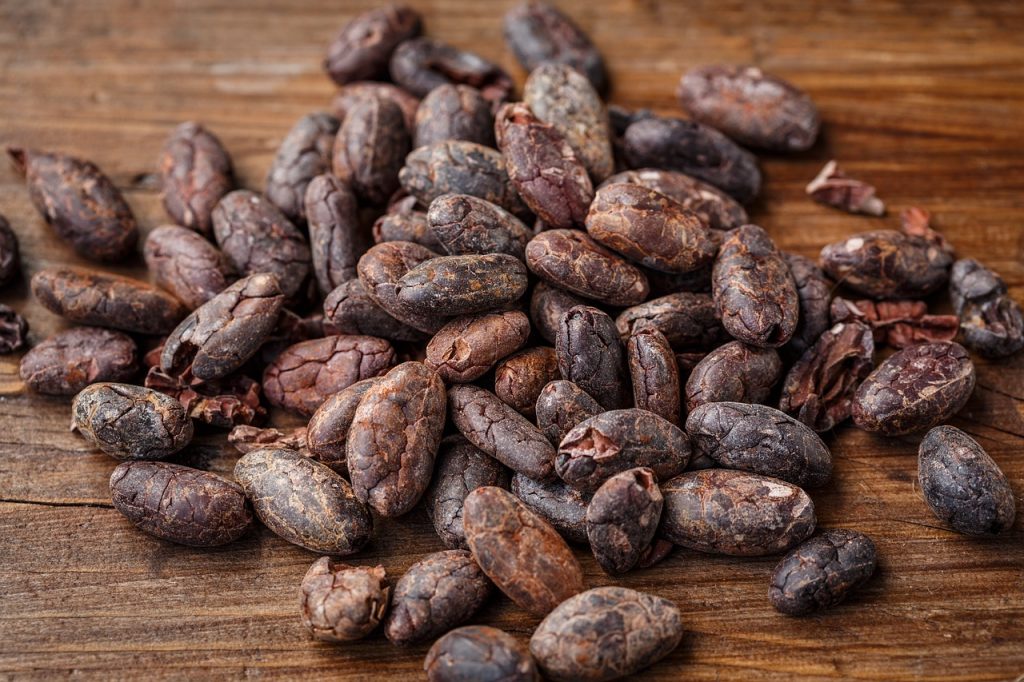Cocoa futures experienced a sharp decline on Friday, with December ICE NY cocoa closing down by -4.13% and December ICE London cocoa dropping by -4.18%. This plunge comes as Ivory Coast, the world’s largest cocoa producer, raised its 2024/25 production forecast by up to 10%, estimating a crop between 2.1 MMT and 2.2 MMT, compared to a previous forecast of 2.0 MMT made in June.
Recent reports on global cocoa demand have shown mixed results. North American Q3 cocoa grindings increased by 12% year-on-year, while Q3 cocoa grindings in Asia saw a 2.6% rise. However, European Q3 grindings fell by 3.3% compared to the previous year, dampening demand in the region.
Earlier in the week, heavy rainfall in West Africa had briefly pushed NY cocoa prices to a two-week high due to flooding that hampered harvesting and lowered the quality of cocoa beans. Reduced output in the Ivory Coast, coupled with declining global cocoa stockpiles, had initially supported prices. As of Thursday, ICE-monitored cocoa inventories in U.S. ports reached a 15-year low.
Additionally, the postponement of an anti-deforestation law by the European Commission, initially set to take effect at the end of the year, led to a temporary price dip earlier this month. The delay allowed certified cocoa stockpiles in European warehouses to remain viable for contracts, easing concerns about supply constraints.
Meanwhile, Ghana’s Cocoa Board reduced its 2024/25 cocoa production forecast to 650,000 MT due to adverse weather and crop disease, following the country’s worst harvest in 23 years. Ghana is the world’s second-largest cocoa producer.
While cocoa production in Cameroon, the fifth-largest producer, rose by 1.2%, and Nigeria’s August cocoa exports increased by 6.8%, these factors are contributing to downward pressure on prices.
In a bullish turn, the International Cocoa Association (ICCO) recently raised its estimate of the 2023/24 global cocoa deficit to -462,000 MT, the largest in over 60 years, and lowered its production forecast to 4.33 MMT. The ICCO also projected the global stocks-to-grindings ratio would hit a 46-year low of 27.4%.

